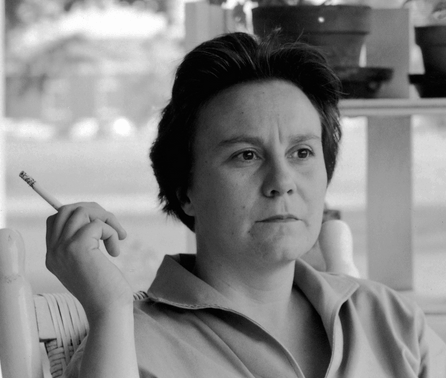Race is a touchy subject. Especially with recent events, the conversation around racial injustice has grown heated. It is clear that segregation and pain still exist as society links physical features or cultural traditions with societal.
And race isn’t just a black and white issue. As an Asian-American, I faced my fair share of hurt. Being made fun of for my lunchbox full of fish and seaweed—or hearing the classic “it was probably an Asian” comment used whenever something weird happened—shaped how I viewed myself and my place in society.
However, although there has been much pain, there has also been much restoration. Although I cannot fix all institutionalized and systemic racism, as someone who has struggled with racial identity, here are some tools that have fostered reconciliation:
1. Acknowledge
A friend once told me “I don’t see you as an Asian.” Although well-intended, this comment triggered something within me. Teachers and parents always used to reiterate “it does not matter where we come from” or “if we look different” because “we are all the same.” But in reality, we were never all the same.
Where we come from determines the foods we eat, how we celebrate holidays, household rules etc. And though we may not want to admit it, how we look can heavily influence how others treat us and even the opportunities we have. It may seem shallow, but our ethnicities and races matter.
Race and ethnicity are a part of identity. If we ignore this aspect of who we are, we ignore how our experiences make us unique. Although many of us would like to be colorblind, we need to acknowledge race.
It may seem awkward, but I feel understood and known when others ask about my culture or upbringing. Race can be a taboo topic, and we tend to approach it with timidity. However, ask questions, and if there is any uncertainty in expressing a question in a “politically correct” way, confess ignorance and seek answers. It brings clarity, allows for open discussion and brings understanding.
2. Learn and Celebrate
In college, I lived with three other girls from various Asian backgrounds. One day, my mentor, who is white, came over, and my roommates told her to stay for lunch. Seeing the Filipino meatloaf on the table, I was fearful that she would be grossed out and quickly told her she was not obligated. However, she sat down at the table. As she began to eat, she exclaimed “Wow, this is so yummy!” She communed with us and inquired about the different dishes. It was an eye-opening moment to know that I did not need to hide my differences, but rather could celebrate them.
Take initiative to learn culture. This can be the overt obvious things like foods, celebrations, holidays or the more covert things like communication styles or perceptions of time. As you learn to put on new lenses or eat new foods, celebrate the experiences! Engage in the world in a different way, seek to understand and learn cultural values.
3. Invite
When I moved to Guatemala, I was determined to learn Guatemalan culture. Surprisingly, many locals inquired about the U.S. way of life. I went into my yearlong stay thinking I would learn what it means to be Guatemalan and forgot that the United States carries its own traditions, beliefs and rituals.
The majority race tends to view minorities as “different” without acknowledging that they themselves contribute to difference. Helping me learn your culture acknowledges that I am not the “exotic” or “weird” one. It demonstrates that we both are equally different from one another.
4. Ask for Forgiveness
When my now-husband and I were dating, I confessed that I believed, “I am ugly, because I am not white.” Although my white boyfriend was not the source of my insecurities, his response was a simple: “I’m sorry.” He apologized for the ways others made me feel, for how society only used white models and for any part he played in upholding a white standard of beauty.
When coming into contact with difference, there will be times we mess up and times when others mess up for us. I have carried a lot of hurt and resentment from both individuals and society into relationships. Admitting that you are part of the problem or that you are sorry for how you or people like you have caused hurt is a transforming tool for reconciliation. It acknowledges that the message that you or society sent was wrong and in turn heals wounds.






















